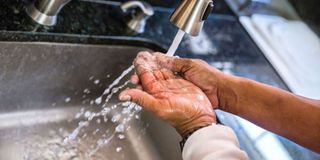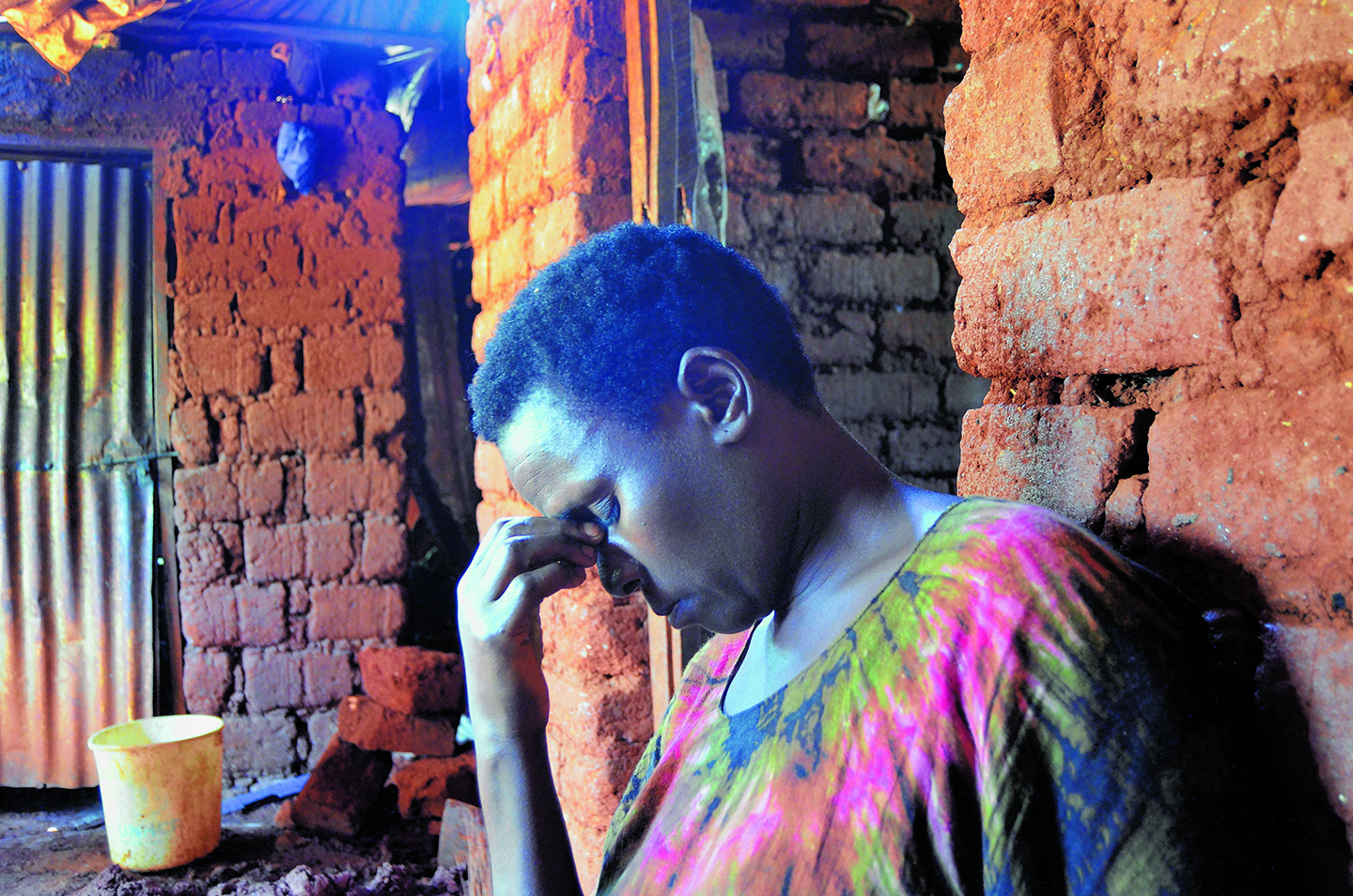WHO: Hand hygiene may reduce Pathogen infection by half

What you need to know:
Improving hand hygiene practices may reduce Pathogen infection in health care by 50 per cent, World Health Organisation (WHO) fact sheets has shown.
Dar es Salaam. Improving hand hygiene practices may reduce Pathogen infection in health care by 50 per cent, World Health Organisation (WHO) fact sheets has shown.
Mr Erick Venant, the chief executive officer of RBA Initiatives, a Non-Governmental Organisation (NGO) aimed at fighting back antimicrobial resistance, told The Citizen on Friday that hand hygiene reduced transmission of pathogen including resistant organism.
“That is why we are insisting hand hygiene as an effective and cheapest method to combat anti-microbial resistance,” noted Mr Venant.
RBA Initiatives Infection Prevention and Control coordinator Pendo Masanja described hand hygiene as a key defense in the fight against antimicrobial resistance.
She said in clinical settings 80 per cent of all spread, occurred from the hands of doctors, nurses and health care staffs to patients.
“If you know the route of transmission, it can be easy to break chain of infection by using appropriate precautions –--standard, airborne, droplet and contact,” noted Ms Masanja.
Simavi-Mkaji program manager Thea Bongertman attributed the problem of Pathogen infection to inadequate Water, Hygiene and Sanitation (Wash) such as availability of water and soap, just to mention but a few.
Simavi-Mkaji is a project which deals with improving conditions in rural healthcare facilities in Dodoma by improving access to safe water and improved sanitation and hygiene.
Ms Bongertman also connected the problem with lack of knowledge, overuse or irrational of antimicrobial, inappropriate prescribing and overuse of disinfectants that select for resistance.
“You need to wet hands with water, apply soap, and rub them (hands) together for at least 15 seconds before rinsing and drying with disposable towel,” she suggested.


